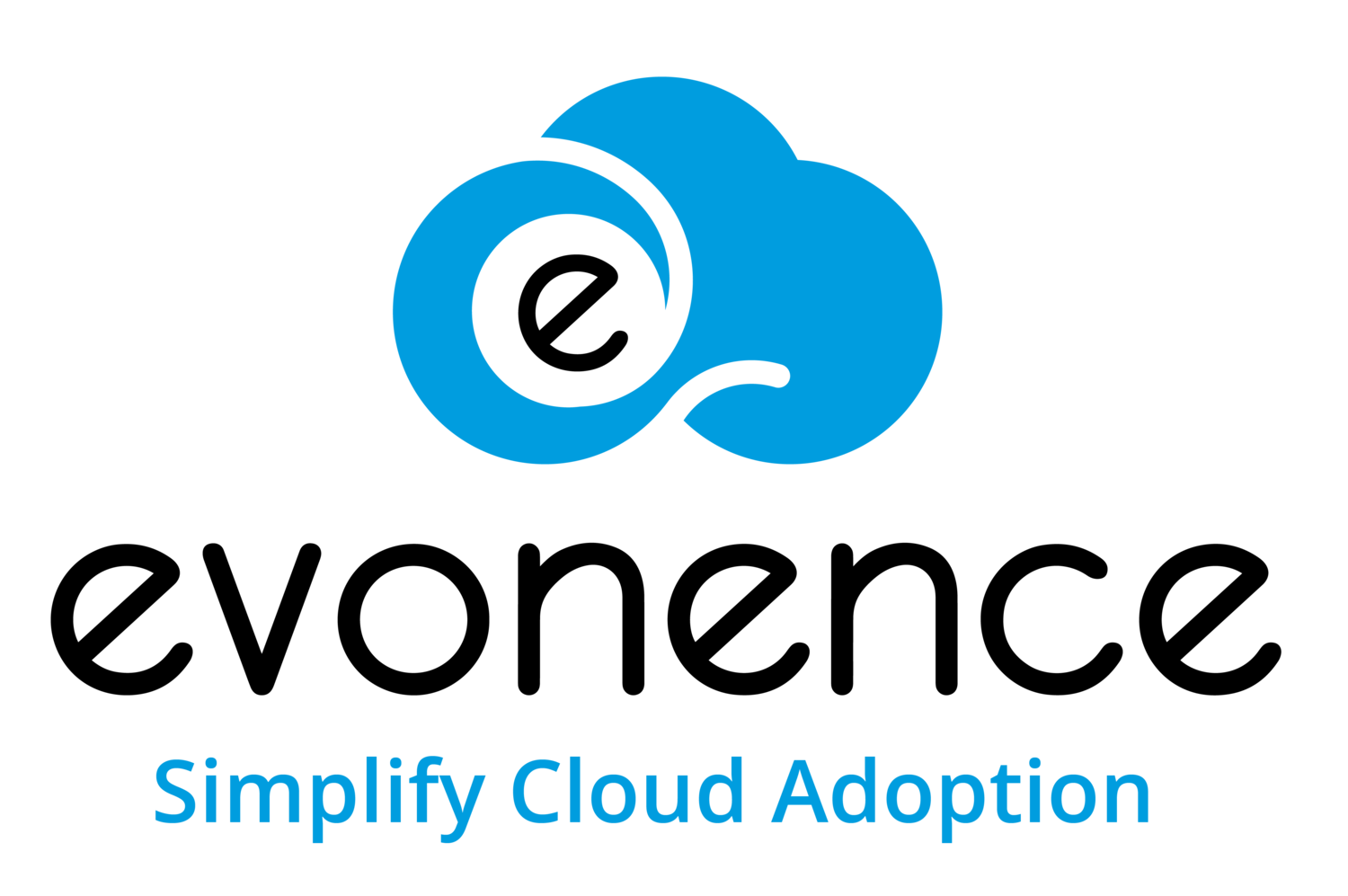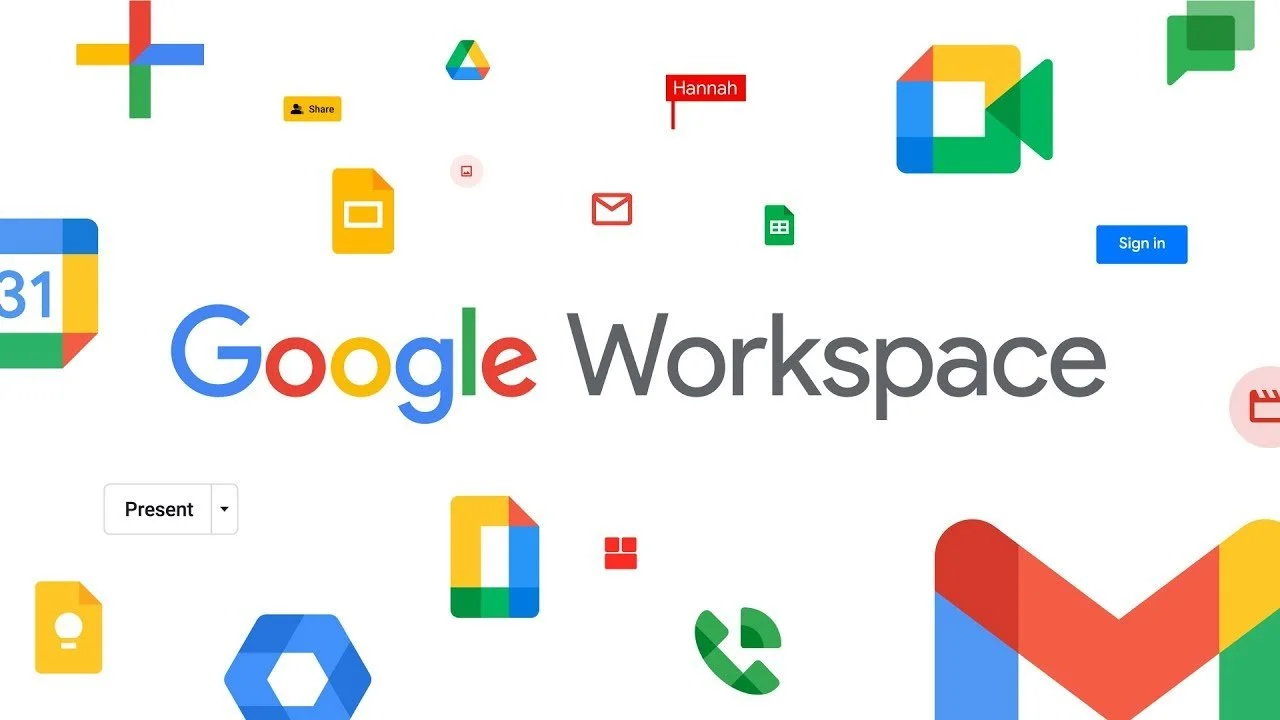Going Beyond Email: Exploring the Full Suite of Google Workspace Apps for Business Success
In today's fast-paced and interconnected world, effective communication and collaboration are paramount for the success of any business. While email has long been a staple in the corporate world, modern workplaces demand more dynamic and efficient tools to streamline workflows, foster collaboration, and drive productivity. Enter Google Workspace, a comprehensive suite of cloud-based applications designed to empower teams to work smarter, not harder. In this blog post, we'll explore how businesses can go beyond traditional email and harness the full potential of Google Workspace to achieve greater success.
The Evolution of Workplace Communication
Gone are the days when email was the sole means of communication in the workplace. While email still holds its place as a reliable communication tool, its limitations in terms of real-time collaboration, file sharing, and project management have become increasingly apparent. As businesses strive to adapt to remote work environments, flexible work arrangements, and global collaboration, the need for more dynamic communication and collaboration solutions has never been more pressing.
Introducing Google Workspace
Formerly known as G Suite, Google Workspace represents Google's vision for the future of work. It brings together a comprehensive set of productivity and collaboration tools that seamlessly integrate with each other, empowering teams to communicate, collaborate, and create together in real-time. At the heart of Google Workspace is Gmail, but the suite extends far beyond email to include applications such as Google Drive, Google Docs, Google Sheets, Google Slides, Google Meet, Google Calendar, and more.
Going Beyond Email: Exploring Key Google Workspace Apps
1. Google Drive:
Google Drive serves as the centralized hub for storing, sharing, and accessing files and documents. With Google Drive, teams can collaborate on documents, spreadsheets, presentations, and more in real-time, eliminating the need for cumbersome email attachments and version control issues.
2. Google Docs:
Google Docs revolutionizes the way teams create and edit documents. Multiple users can collaborate on a single document simultaneously, making it easy to brainstorm ideas, draft proposals, and finalize documents with real-time edits and comments.
3. Google Sheets:
Google Sheets offers powerful spreadsheet functionality with the added benefit of real-time collaboration. Teams can use Google Sheets to analyze data, create charts and graphs, and collaborate on financial models and reports with ease.
4. Google Slides:
Google Slides enables teams to create stunning presentations together in real-time. With a wide range of customizable templates and intuitive design tools, Google Slides makes it easy to convey ideas, pitch projects, and deliver compelling presentations to clients and stakeholders.
5. Google Meet:
Google Meet provides secure and reliable video conferencing capabilities, allowing teams to connect and collaborate face-to-face from anywhere in the world. With features such as screen sharing, chat, and live captions, Google Meet facilitates seamless communication and collaboration among remote teams.
6. Google Calendar:
Google Calendar helps teams stay organized and on schedule. With shared calendars, meeting scheduling, and reminders, Google Calendar ensures that everyone is on the same page and deadlines are met.
Driving Business Success with Google Workspace
By leveraging the full suite of Google Workspace apps, businesses can unlock a wide range of benefits that drive success:
Increased Productivity: Real-time collaboration and seamless integration across Google Workspace apps streamline workflows and boost productivity.
Enhanced Collaboration: Teams can work together more effectively, regardless of their location or time zone, fostering a culture of collaboration and innovation.
Improved Communication: With tools like Google Meet and Google Chat, teams can communicate in real-time, reducing reliance on email and enabling faster decision-making.
Greater Flexibility: Google Workspace's cloud-based architecture enables teams to work from anywhere, on any device, providing the flexibility needed to adapt to changing work environments and business needs.
Enhanced Security: Google Workspace offers robust security features, including encryption, multi-factor authentication, and advanced threat detection, to keep sensitive data safe and secure.
In today's digital age, email alone is no longer sufficient to meet the demands of modern workplaces. Google Workspace represents a paradigm shift in how teams communicate, collaborate, and create together, offering a comprehensive suite of tools that empower businesses to thrive in an increasingly interconnected world. By going beyond email and exploring the full potential of Google Workspace, businesses can drive greater success, innovation, and growth in the digital era.


